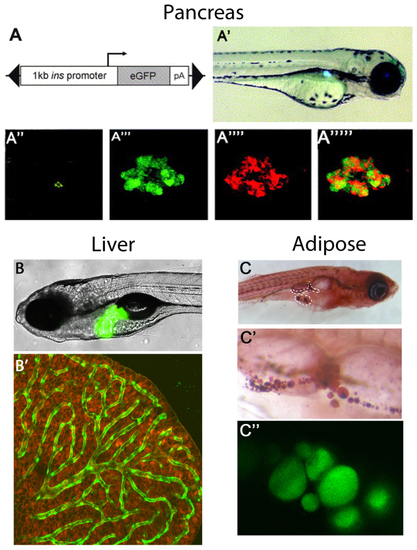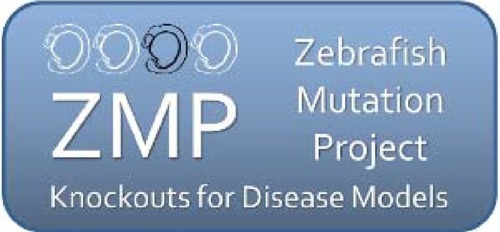- Title
-
The emerging use of zebrafish to model metabolic disease
- Authors
- Seth, A., Stemple, D.L., and Barroso, I.
- Source
- Full text @ Dis. Model. Mech.
|
|
|
null |


